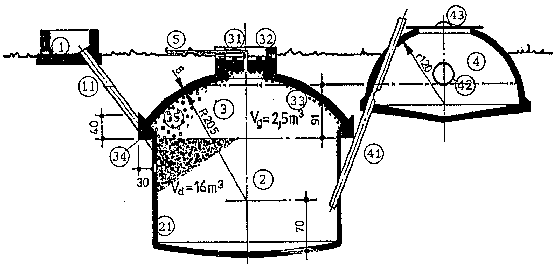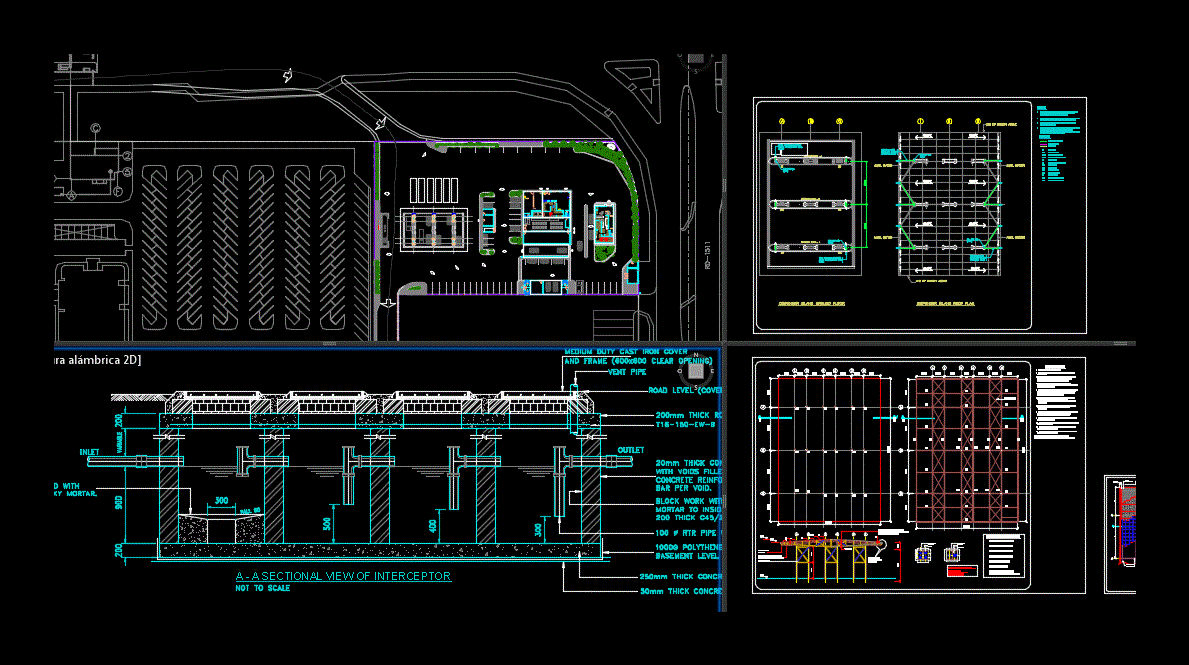



This variation means that the energy content of biogas can vary the lower heating value (LHV) is between 16 megajoules per cubic metre (MJ/m 3) and 28 MJ/m 3. The methane content of biogas typically ranges from 45% to 75% by volume, with most of the remainder being CO 2. With further treatment, the sewage sludge can be used as an input to produce biogas in an anaerobic digester. Wastewater treatment plants: These plants can be equipped to recover organic matter, solids, and nutrients such as nitrogen and phosphorus from sewage sludge.This can be captured using pipes and extraction wells along with compressors to induce flow to a central collection point. Landfill gas recovery systems: The decomposition of municipal solid waste (MSW) under anaerobic conditions at landfill sites produces biogas.Contaminants and moisture are usually removed prior to use of the biogas. Biodigesters: These are airtight systems (e.g. containers or tanks) in which organic material, diluted in water, is broken down by naturally occurring micro‑organisms.The precise composition of biogas depends on the type of feedstock and the production pathway these include the following main technologies: Biogas is a mixture of methane, CO 2 and small quantities of other gases produced by anaerobic digestion of organic matter in an oxygen-free environment.


 0 kommentar(er)
0 kommentar(er)
